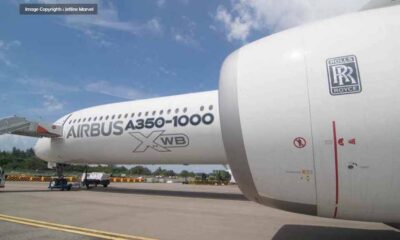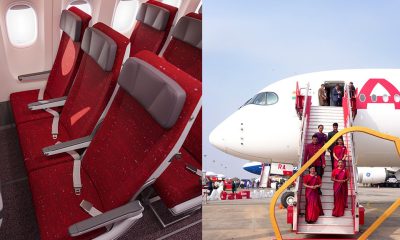Aerospace
Why does a certain airline have a weird paint job? Do they benefit from it in any way? explained.
Why do certain airlines paint weird liveries on their aircraft.? This is the reason that will blow your mind.
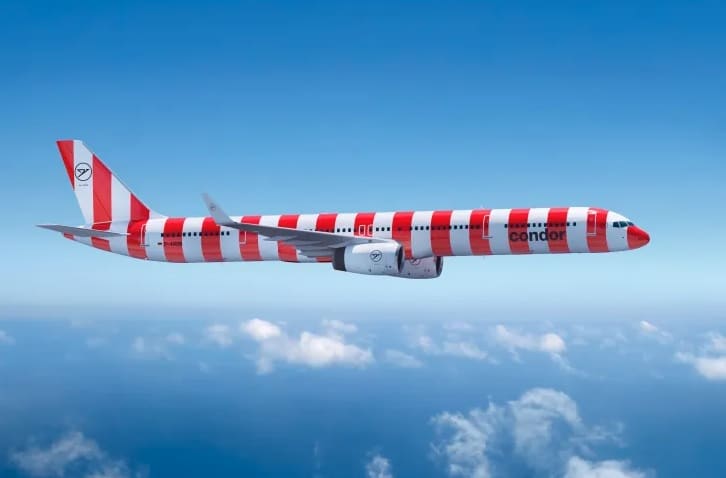
The most wonderful machine we fly is the aeroplane. that aids in quickly linking one location to another. The majority of airlines provide various services with planes. Maintaining the proper livery for such aircraft is crucial because it promotes the services’ branding. But why do some airlines paint their planes a strange colour without giving them a distinctive look?
An aircraft’s operators (airlines, governments, air forces, and occasionally individual and corporate owners) decorate their aircraft with a livery, which is a collection of complete insignia made up of colour, graphic, and typographic identifiers.
Let’s look at the reason for the unusual colour scheme.
[adinserter block=”2″]
1. Marketing Strategy
We must produce advertisements in order to get anything on the market to sell, but doing so in the airport will cost expensive airlines to set it up, and the cost of the advertisements there might not be within the budget. The cost of advertising would be significant in airport facilities. In order to shout about their brand from the crowd, some airlines identify their aircraft and paint them in unusual colours.

Courtesy: Condor
The majority of low-cost airlines and some carriers believe that livery aircraft’s amenities and punctuality are more important to passengers than aircraft livery. Some airlines like to use unique colours so that their brand can stand out in the airport and provide free marketing opportunities.
How does a Black Box Work? its importance in an Aircraft.(Opens in a new browser tab)
For instance, the German-based Condor Airlines has a distinctive candy-striped livery. Spirit Airlines’ yellow livery also attracts long-distance airport audiences, and Easy Jet’s orange livery does the same. When it comes to Airasia, their livery is almost all red, which makes them more attractive and visible from a distance.
[adinserter block=”2″]
2. Less design equals greater appeal Lower painting costs
Airlines opt to paint their aircraft in single or double colours in order to reduce the amount of graphic and design work required, which helps them stay within their paint job budget. Some of the odd designs actually catch more people’s attention when they are passing by.
Top 10 most expensive private jets in the world.(Opens in a new browser tab)

Courtesy: Spirit Airlines
Complex graphics and mixed colours are expensive and difficult for airlines to fix occasionally for a lower price, thus airlines consider using a single colour that is readily available. Moreover, some airlines, like Qantas (orange), Emirates (red and golden), Qatar (purple), and Lufthansa (blue) (red). These airlines can be recognised by their distinctive paint jobs. They fall under the category of a full-service airline since brand building is crucial.
[adinserter block=”2″]
No 3. seasonal painting for marketing with a shorter shelf life.
Some airlines make only minimal livery modifications to draw attention to their aircraft in order to advertise a particular holiday or season. During select special occasions, some airlines would have seasons painting done, giving them a distinctive paint job. For instance, Qatar’s particular painting on aircraft for Fifa 2022 displays the brand’s awareness and partnership with spacial football games.

Airlines occasionally use unique paint jobs to protect the environment, such as Emirates, which are exhibited on aeroplanes. Additionally, its Airbus A380 has the livery for the Dubai 2020 expo. Airlines can attract more attention and increase brand awareness by using livery.
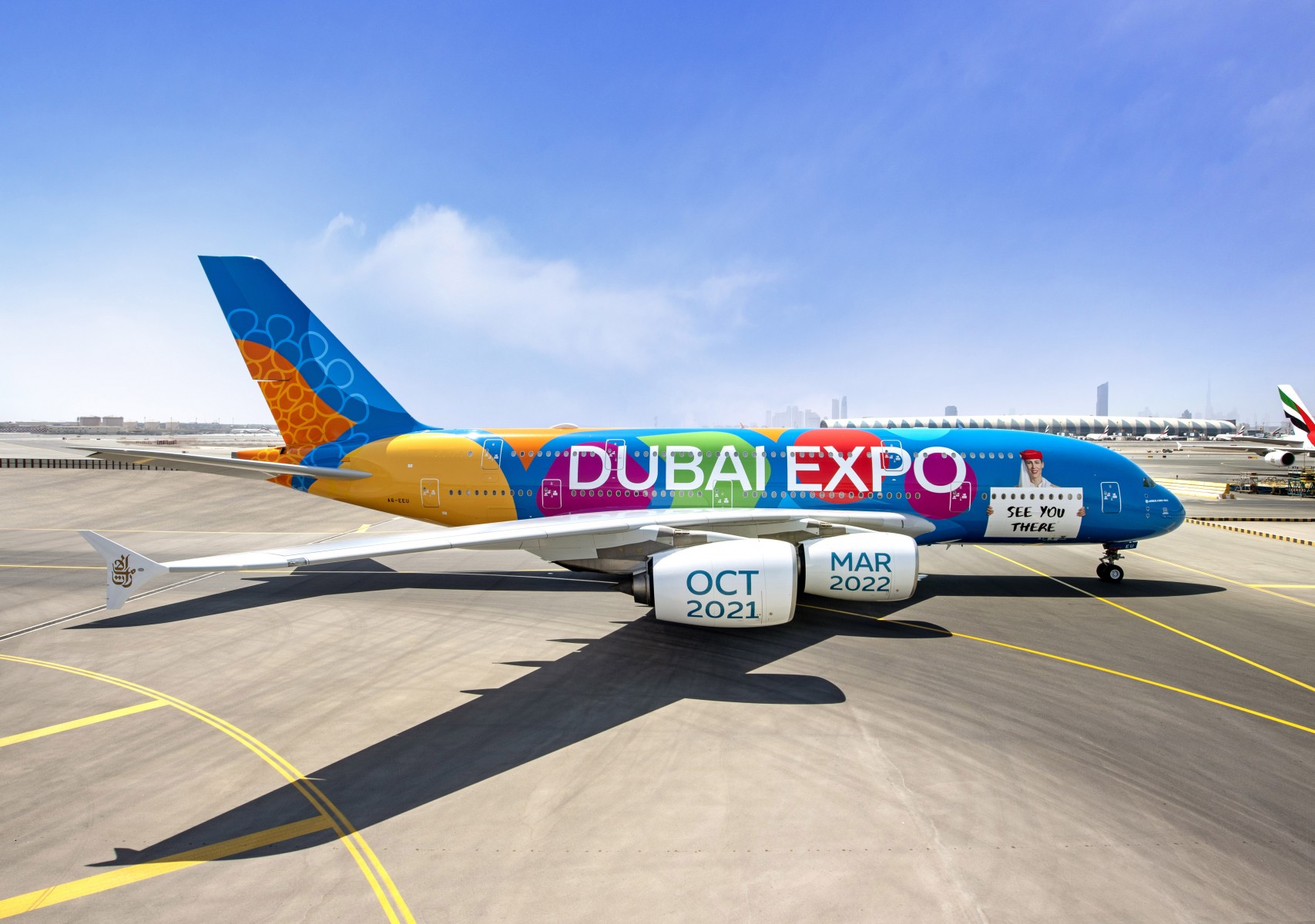
Courtesy: Emirates
[adinserter block=”2″]
4. Ground personnel can recognize aeroplanes.
Imagine a parking lot filled with 100 white aeroplanes, all of which are present. It will be challenging to recognise the aircraft as a result, but its unusual and distinctive colour scheme helps ground personnel immediately recognise the aircraft and provide ground handling services. Although they can also swiftly recognise the parking number, this process recognizes the aircraft considerably more quickly.
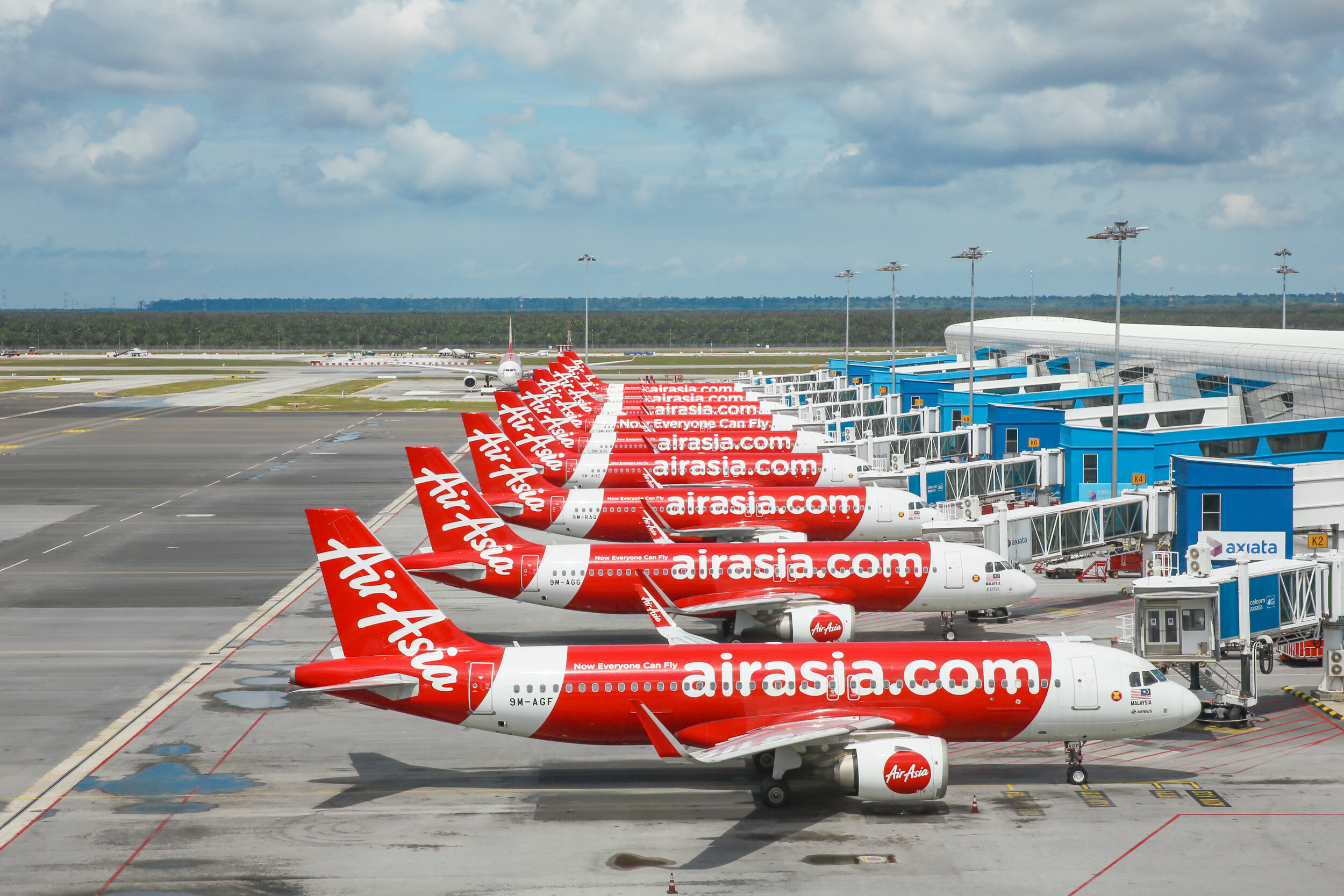
Courtesy: Airasia
Please share your thoughts about aircraft livery in the comments below. If you enjoyed reading this article, please forward it to your friends and family.
[adinserter block=”2″]

Aerospace
China Secures Production Certificate for Mass Production of Pilotless eVTOL Aircraft

The first passenger-carrying pilotless electric vertical takeoff and landing (eVTOL) aircraft in the world, the EH216-S, has received the Production Certificate for its eVTOL aircraft from the Civil Aviation Administration of China (CAAC).
This is a significant milestone for EHang Holdings Limited, the leading UAM technology platform company in the world. This outstanding accomplishment is another big step towards mass manufacturing for the eVTOL aircraft and the ensuing commercial operations, building on the ground-breaking acquisition of the Type Certificate and the Standard Airworthiness Certificate for the EH216-S.
The PC is a crucial certificate that the aircraft maker receives from the CAAC, the country’s aviation authority. By obtaining this certificate, EHang has demonstrated that it has set up a quality management system for mass production that satisfies the airworthiness regulation standards set forth by the CAAC, and the company has been given permission to continue producing mass quantities.
It is also a strong guarantee of the calibre of the goods made by EHang. Raw materials, supplier management, manufacturing organisation, production quality control, aircraft pre-delivery test, after-sales repair and maintenance, etc. are all included in the mass production quality management system for the EH216-S.
To ensure that every aircraft and its components that roll off the production line strictly adhere to the approved type design and safety requirements, the system sets clear guidelines and documentation for every step in the production procedure. This ensures comprehensive traceability and safety control.
Aerospace
Four Airbus A380 Superjumbos lined up to be scrapped

In a strategic move aimed at reclaiming valuable resources from the iconic Airbus A380 aircraft, VAS Aero Services and Dr. Peters Group have announced a significant collaboration.
This partnership marks a milestone in aviation logistics and aftermarket services, with four of these colossal planes slated for teardown and redistribution of used serviceable material (USM).
The venture between VAS Aero Services, renowned for its expertise in aircraft dismantlement, and Dr. Peters Group, a prominent Germany-based investment fund management firm, underscores a commitment to sustainable aviation practices. This isn’t their first foray into scrapping A380s; their successful partnership has already seen the dismantlement of these aircraft, making them pioneers in this niche.
Under the agreement, the latest consignment brings the tally to eight A380s entrusted to VAS by Dr. Peters Group. Managing Director Christian Mailly of Dr. Peters Group emphasized the trust placed in VAS, citing their unparalleled capabilities in dismantlement and aftermarket sales network. It’s a strategic move in response to the growing demand for quality USM parts, particularly with the resurgence in reliance on the A380.
Notably, the teardown process will be carried out at various locations, optimizing the positioning of harvested parts to cater to different markets. While some parts will be positioned in Europe to support operators in the region and the Middle East, others will remain in the Asia-Pacific region. This meticulous strategy ensures efficient access to spare parts, benefiting MROs and airlines across these markets.
The decision to retire these A380s comes at a time when operators are reassessing fleet strategies amidst evolving market dynamics. Despite initial plans for quick retirement due to the emergence of more fuel-efficient alternatives, factors such as a rebound in long-haul demand and delays in new widebody deliveries have prompted operators to reconsider. The A380, with its unique capacity and capabilities, presents a practical solution for short-term capacity management.
Aerospace
Rolls-Royce Launches Test Flights for Revolutionary Pearl 10X Engine
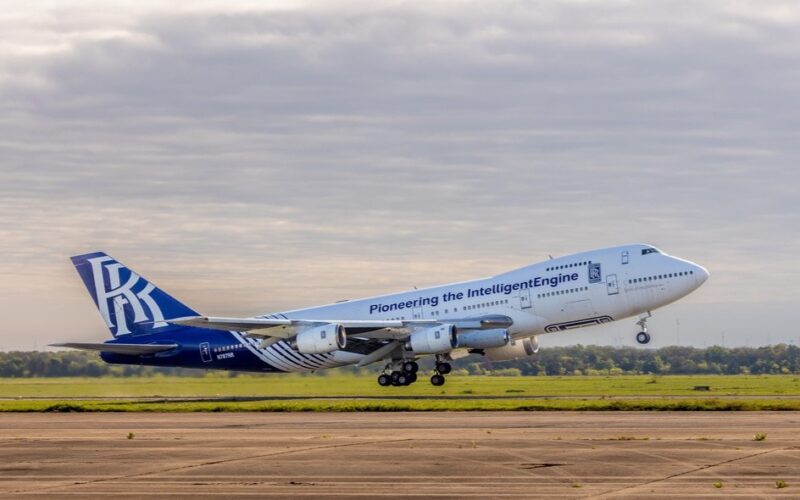
Rolls-Royce reports that the company’s dedicated Boeing 747 flying testbed has seen the successful start of the Pearl 10X, their newest aero engine designed for the business aviation industry.
Dassault, a French aircraft manufacturer, has decided to use this engine only to power their newest flagship, the Falcon 10X. As stated at last year’s Capital Markets Day, the commencement of flight testing represents a significant milestone for both Rolls-Royce and the Pearl 10X programme as the company concentrates on expanding in the business aviation industry.
The first Rolls-Royce engine to power a Dassault business jet is the Pearl 10X, the newest engine in the state-of-the-art Pearl engine family. The Pearl 10X was chosen by the French aircraft manufacturer as their new flagship model, demonstrating even more of Rolls-Royce’s dominance in the business aviation engine market.
Over the next few months, pilots and flight test engineers from Tucson, Arizona, USA, will put the engine through its paces. The flight test programme will comprise testing of the nacelle’s anti-icing system, in-flight relights, engine performance and handling checks at various speeds and altitudes, and fan vibration tests at various altitudes.
The new auxiliary gearbox, which enables higher additional power extraction, and the ultra-low emissions ALM combustor, which is compatible with 100% Sustainable Aviation Fuel (SAF), have undergone extensive testing as part of the ground-based development programme thus far. The engine will be the most potent business aviation engine in the Rolls-Royce lineup. It exceeded its intended thrust levels during the very first test run. With over 2,300 testing hours successfully completed on the Pearl 10X engine configuration as well as the Advance 2 demonstration, the programme is moving forward at a rapid pace.
With the most economical engine core available for business aircraft, the Advance2 engine, coupled with a high-performance low-pressure system, gives the Pearl 10X an exceptional thrust of over 18,000 lbf. With a 5% increase in economy over the previous generation of Rolls-Royce commercial aviation engines, the Pearl 10X



